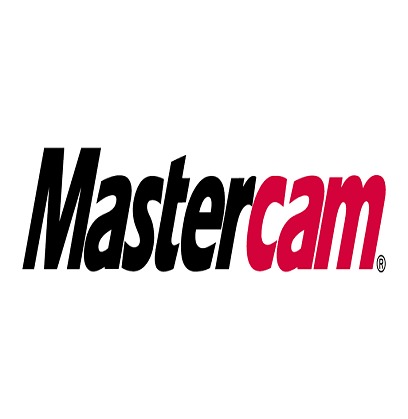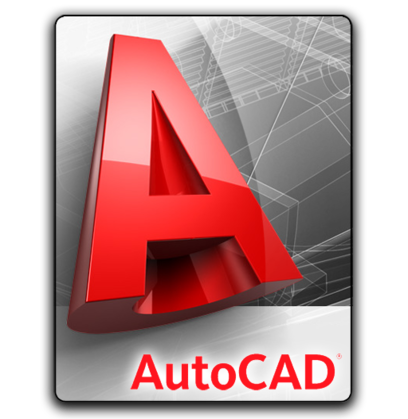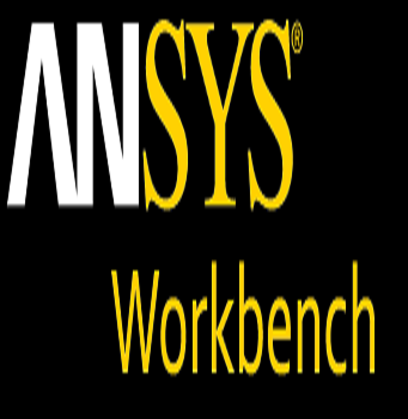Our Work Partners






At Insight Design Consultant, Engineering is a very versatile industry that is always getting creative. Using creativity and innovation, engineers create never-before-seen products that benefit their communities. They play a key role in expanding local economy and sparking business exchanges. However, one question remains: how do engineers innovate in such a fast-paced environment?
The answer is the reverse, literally. Reverse engineering plays a huge role in sparking innovative and productive minds that produce necessities across every industry. The reverse engineering process includes taking apart worn down products to examine how individual parts work, and then incorporating past inventions into new ones. There are plenty of benefits to the reverse engineering process that will only expand our knowledge and capabilities.
Reverse Engineering involves taking existing physical parts and assemblies and creating CAD models and detailed toleranced drawings. The need typically arises when a company wants to make improvements to an existing outside design or they have insufficient design documentation (CAD and drawings) for internal designs or that require CAD data for modern manufacturing methods.
The data that is collected and CAD modeled, can be used to troubleshoot, reproduce, study, analyze, inspect, or can be applied to other future applications or product enhancements. CAD models can be easily updated for changes in the product design and/or tool or die design. Tools and dies can even be generated by using the surface models created by our reverse engineering services. So if your finely tuned stamping or injection mold has just broken, we can use our scanning services and digitally fix it in a CAD model and have you back up and running in short order.
At IDC, we have been performing reverse engineering services and projects since our inception. Our large staff of qualified engineers has a depth of experience in these activities and a background in design engineering needed to produce excellent results.
Reverse Engineering is the technical term for the reconstruction in point clouds of surfaces for use in CAD programs.
The costs depend very much on the complexity of the component. In general it can be said that reverse engineering is considerably more efficient and faster than a new design.
In principle, any CAD software can be used here. We usually use Geomagic Design X even for the STEP areas requested.
We need the point cloud of your component or object. This can be created by a 3D scanner or by using simulation software.
With manual reverse engineering, new areas are created to match the existing point cloud. So the whole part is redesigned.
Manufacturing and technology rely on RE for a variety of reasons. It is generally used to find out how devices or products are made. The function of a product can also be more easily understood through remodeling. Reverse engineering is often used in industries to define and optimize processes.
3D scanners cast a grid of laser lines or white light onto an object. The scanner can take hundreds of thousands of distance measurements per second. Furthermore, the scanner can create a reference frame through the use of target marks. This means that it knows where it is in the room compared to the respective object. So all distance measurements can be combined, creating a seamless surface becomes possible.





